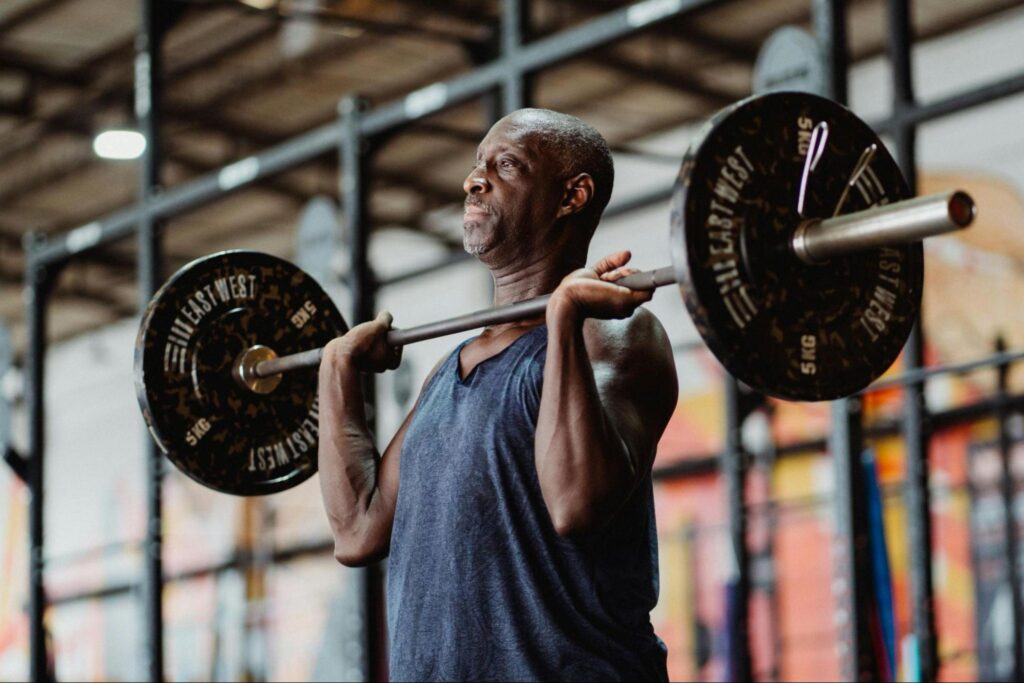A new systematic review published on ResearchGate delves into the impact of strength training on the physical fitness of athletes competing in Olympic combat sports. As these disciplines demand high levels of power, endurance, and agility, understanding how targeted strength regimens influence performance is critical. This comprehensive analysis synthesizes findings from multiple studies, shedding light on how strength training protocols contribute to enhancing athletes’ overall physical capabilities. The review offers valuable insights for coaches, trainers, and competitors aiming to optimize conditioning strategies in sports such as boxing, wrestling, judo, taekwondo, and fencing.
Strength Training Key to Enhancing Combat Sports Performance
Integrating consistent strength training into the regimen of Olympic combat sports athletes yields significant improvements in multiple facets of physical fitness essential for peak competition performance. Research highlights that targeted resistance exercises lead to enhanced muscular power, increased anaerobic capacity, and superior agility-qualities that are vital in fast-paced, high-intensity combat environments. Athletes benefit from the neuromuscular adaptations developed through progressive overload, which translate directly into more explosive strikes, quicker defensive maneuvers, and greater overall endurance during matches.
Key findings from recent systematic analysis emphasize specific strength training modalities that deliver measurable benefits:
- Maximal strength development for improved grappling and clinch control
- Explosive power training to enhance striking velocity and impact force
- Muscle endurance routines to maintain performance throughout extended bouts
- Injury prevention protocols through balanced muscle conditioning
| Strength Training Component | Performance Benefit | Combat Sport Impact |
|---|---|---|
| Maximal Strength | Higher force output | Dominant takedowns & holds |
| Explosive Power | Rapid energy release | Faster striking speed |
| Muscular Endurance | Delayed fatigue | Consistent performance rounds |
| Core Stability | Improved balance | Enhanced maneuverability |
Breakdown of Physical Fitness Improvements in Olympic Athletes
The analysis reveals that Olympic combat athletes exhibit notable enhancements across several key dimensions of physical fitness following strength training regimens. These improvements prominently include muscular strength, power output, and explosive speed, which are critical for success in high-intensity, dynamic combat scenarios. Researchers highlighted that athletes showed significant progress in grip strength and lower-body force production, translating directly to better performance during competitions and resistance to fatigue.
Furthermore, enhanced anaerobic capacity and refined neuromuscular coordination were identified as pivotal outcomes contributing to speed and agility. The reviewed data also emphasize the role of targeted periodized training in preventing injuries and maintaining peak condition throughout the Olympic cycle. A summarized breakdown of key fitness improvements is shown below:
| Fitness Component | Observed Improvement | Impact on Performance |
|---|---|---|
| Muscular Strength | +15% average increase | Enhanced grappling power and stability |
| Explosive Power | +12% average increase | Improved striking and takedown effectiveness |
| Anaerobic Capacity | +10% average increase | Greater endurance in high-intensity bouts |
| Neuromuscular Coordination | Marked improvements reported | Faster reaction and movement precision |
Targeted Strength Programs Drive Injury Prevention and Recovery
Strength programs that focus on specific muscle groups and movement patterns have demonstrated significant impacts in reducing injury rates among Olympic combat sports athletes. By enhancing muscular balance and joint stability, these targeted regimens offer protection against common injuries such as sprains, strains, and overuse conditions. Coaches implementing these protocols report not only fewer athlete downtime instances but also improved resilience during high-intensity bouts, underscoring the preventive benefits of well-designed strength training.
Key elements contributing to injury prevention and recovery include:
- Progressive overload tailored to individual biomechanical needs
- Emphasis on eccentric and isometric exercises for tendon health
- Incorporation of multi-planar functional movements mimicking sport demands
- Regular neuromuscular assessments to adjust training loads
| Program Component | Injury Reduction Effect (%) | Average Recovery Time Reduced (days) |
|---|---|---|
| Core Stability Focus | 30% | 12 |
| Lower Limb Strengthening | 45% | 15 |
| Upper Body Conditioning | 25% | 10 |
| Functional Movement Drills | 40% | 14 |
Coaches Urged to Integrate Periodized Training for Optimal Results
Integrating periodized training approaches has been shown to significantly enhance the physical performance of Olympic combat sports athletes. Coaches are encouraged to adopt structured training cycles that systematically vary intensity, volume, and recovery phases. This approach allows athletes to peak at critical competitions, prevent overtraining, and maximize strength gains without compromising endurance or technical skill. Research highlights that periodization not only improves overall fitness but also reduces injury risk when tailored specifically to the demands of combat sports.
- Macrocycle planning: Dividing the training year into preparatory, competitive, and transition phases.
- Mesocycle variability: Adjusting weekly and monthly loads to target specific physical qualities such as power, strength, or agility.
- Microcycle recovery: Including active rest and regeneration sessions to optimize adaptation.
| Training Phase | Primary Focus | Typical Duration |
|---|---|---|
| Preparatory | Build endurance and base strength | 6-8 weeks |
| Competitive | Maximize power and skill execution | 4-6 weeks |
| Transition | Recovery and injury prevention | 2-4 weeks |
In Conclusion
In summary, the systematic review on the effects of strength training offers compelling evidence that targeted resistance exercises play a crucial role in enhancing the physical fitness of Olympic combat sports athletes. As these findings illuminate, incorporating well-structured strength programs can lead to significant improvements in performance, endurance, and injury prevention. With the growing competitiveness of combat sports on the world stage, coaches and athletes alike are urged to consider these insights to optimize training regimens. For those invested in the future of Olympic combat sports, this research underscores the undeniable value of strength training as a cornerstone of athletic excellence.





